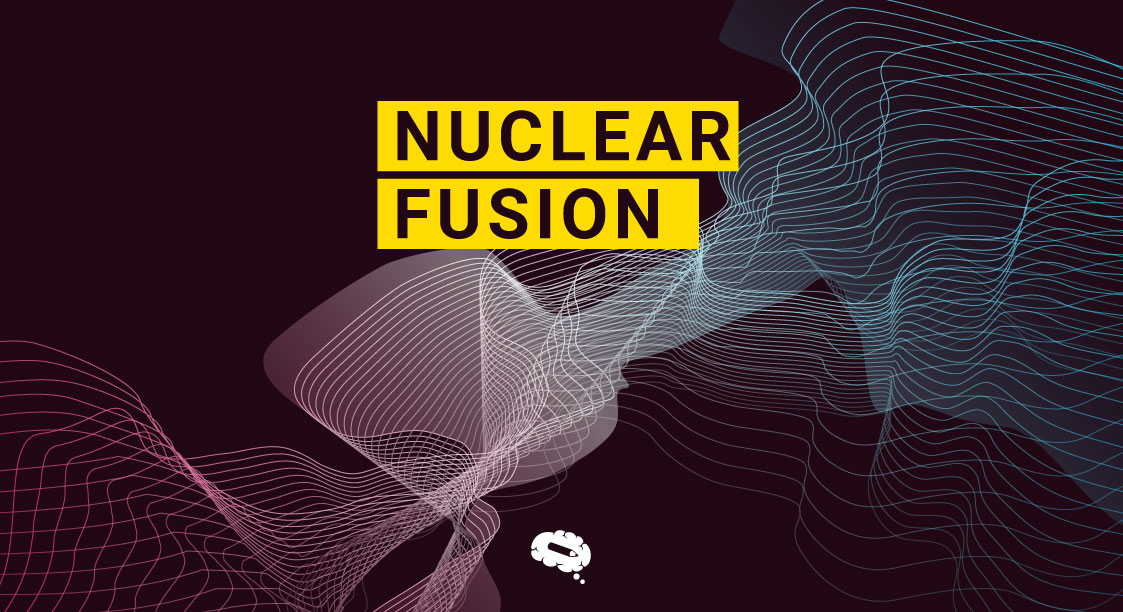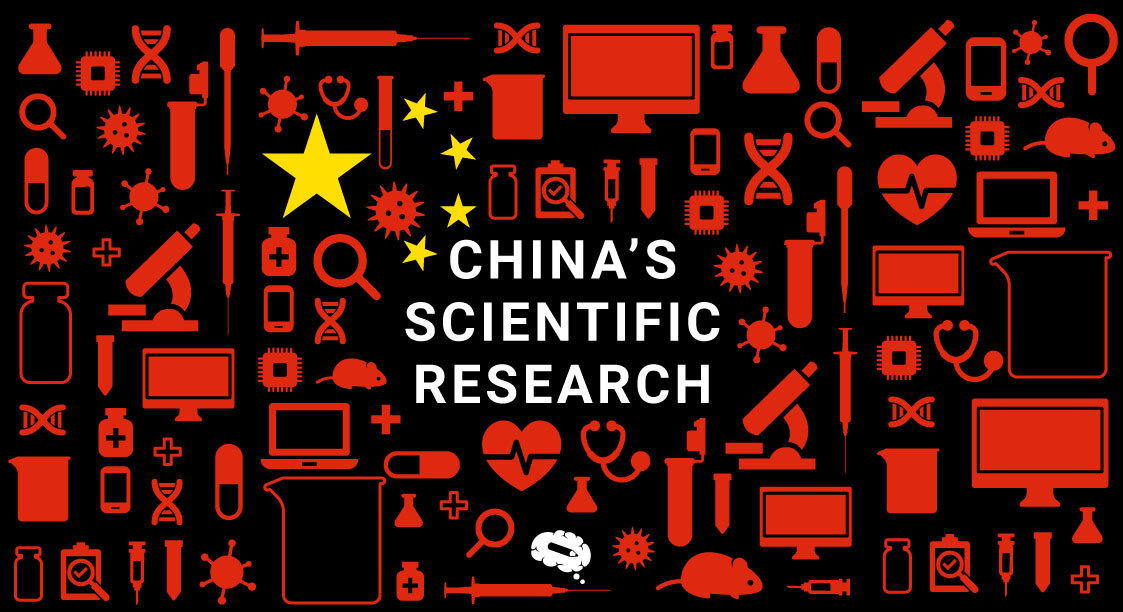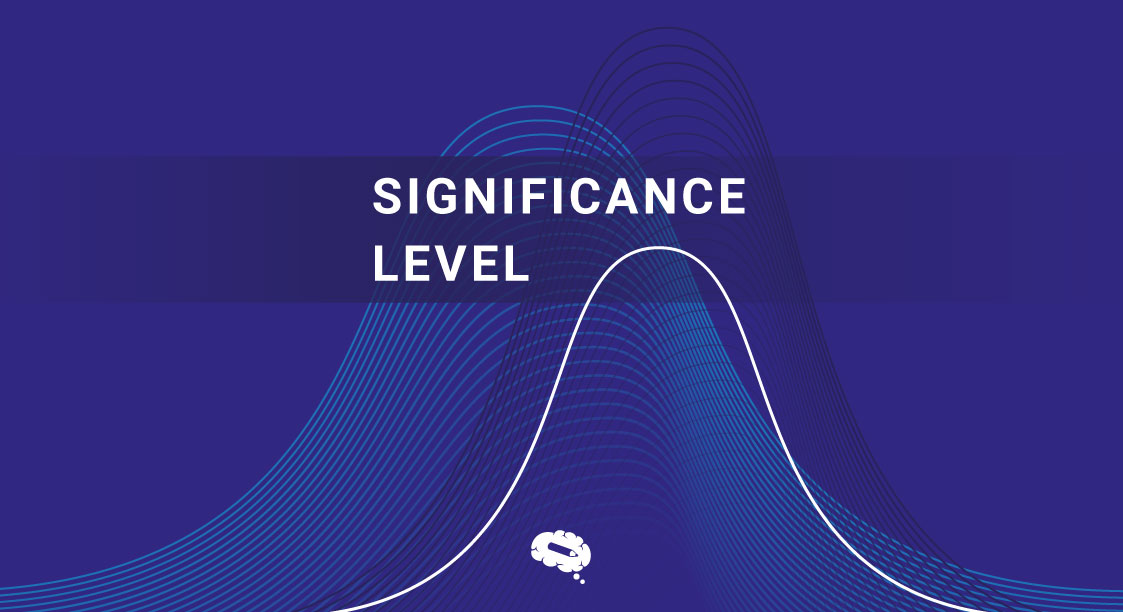Scientists have made a significant breakthrough in nuclear fusion, which might open the door for plentiful clean energy in the future.
This finding was only feasible because of more than a half-century of research into nuclear fusion.
Here’s an easy-to-understand introduction to Nuclear Fusion so you can properly comprehend this exciting news.
What is nuclear fusion?
Nuclear fusion is a sort of nuclear process that occurs when two or more atomic nuclei combine to produce a single, larger nucleus.
Fusion reactions occur in a state of matter known as plasma, which is a hot, charged gas composed of positive ions and free-moving electrons with characteristics distinct from solids, liquids, or gasses.
To summarize, nuclear fusion is the mechanism through which the Sun and other stars obtain their energy.
For instance: Atoms of Tritium and Deuterium (hydrogen isotopes Hydrogen-3 and Hydrogen-2, respectively) combine to generate a neutron and a helium isotope. Along with this, a massive quantity of energy is released.
This energy may be used to create electricity or power other things. And it is thought to be a potentially infinite and clean source of energy.
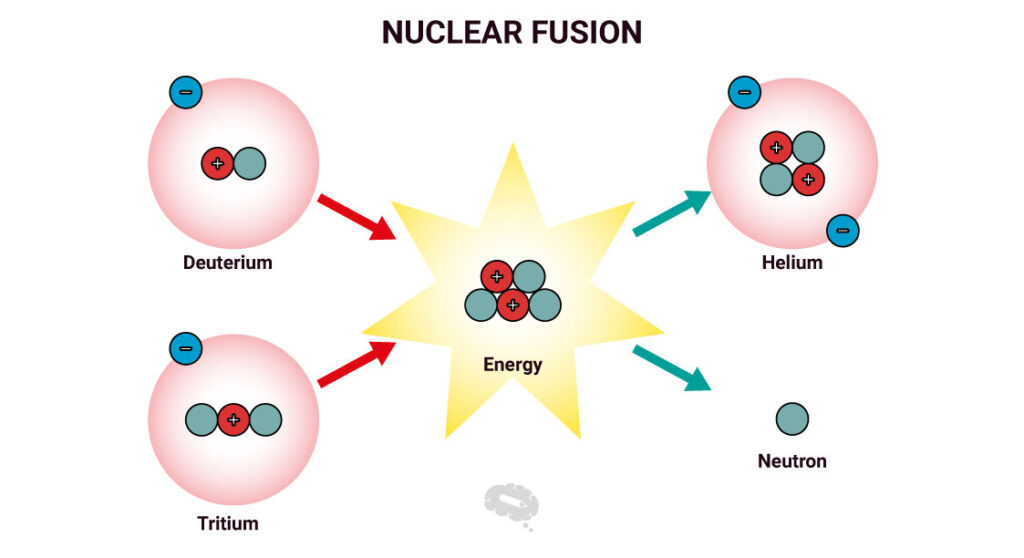
To fuse, nuclei must contact at extraordinarily high temperatures, perhaps 10 million degrees Celsius. Because of the high temperature, they have enough energy to overcome their mutual electrical resistance. When the nuclei are very near to one another, the nuclear attraction between them overcomes the electrical repulsion and allows them to fuse and, as an outcome, create energy.
Nuclear fusion vs. Nuclear fission
Both fission and fusion are nuclear reactions that shift atoms to produce energy, but what is the distinction between the two?
Fusion is the joining of two lighter atoms to produce a larger atom, whereas fission is the splitting of one atom in two. They are essentially opposite processes.
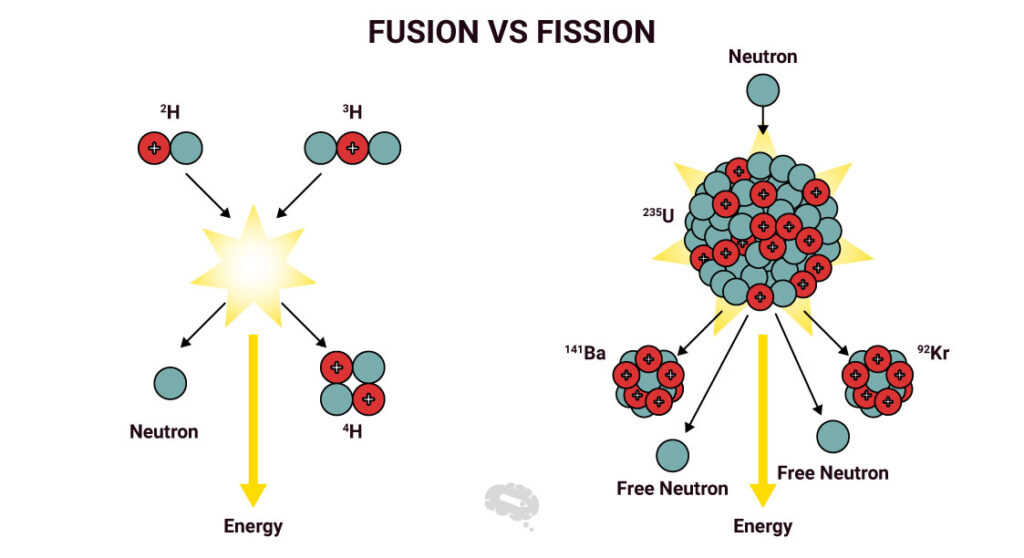
Albert Einstein’s prediction that mass may be transformed into energy inspired the discovery of nucleus division. Scientists began experimenting in 1939, and Enrico Fermi built the first nuclear reactor a year later.
A largely unstable isotope is blasted with high-speed particles, generally, neutrons that are accelerated, forcing them to collide into the unstable isotope, triggering fission and shattering into two smaller isotopes, three high-speed neutrons, and a tremendous quantity of energy. Uranium-235 is used as a neutron in the great majority of nuclear power reactors.
The generated energy is utilized to heat water in nuclear reactors, which subsequently produce electricity. While the high-speed neutrons are discharged and become projectiles, they start new fission processes, also known as chain reactions.
Nuclear fission generates a large amount of radioactive waste, which can be hazardous and must be carefully stored – perhaps for hundreds of years. While nuclear fusion produces clean energy, free from radioactive waste.
It’s also worth calling it out that nuclear fission is not a natural process and must be induced, whereas nuclear fusion is a natural process, e.g. the sun produces energy through nuclear fusion.
Why is nuclear fusion important?
Fusion reactors have the ability to provide power with minimal or no greenhouse gas emissions, radioactive waste, or other environmental consequences. They might provide a practically limitless supply of clean energy, reducing our reliance on fossil fuels and other finite energy sources.
Because fusion reactors do not generate high-level radioactive waste like fission reactors, the disposal will be easier. Furthermore, unlike in fission reactors, the wastes will not include weapons-grade radioactive elements.
Nuclear fusion breakthrough
In accordance with the Financial Times, scientists managed to release 2.5 MJ of energy after using only 2.1 MJ to heat the fuel with lasers. This discovery must be validated by the National Ignition Facility (NIF) at the Lawrence Livermore National Laboratory in California, but it is fantastic news.
This is a significant scientific accomplishment in the field of nuclear fusion, primarily because it is the first time scientists have successfully established a nuclear fusion process with a positive net energy gain.
Of course, there is still more work to be done to make this a feasible option, but it is a significant step forward for science that scientists were able to generate more energy than when they began the experiment. This provides the research context and meaning.
Spread visual scientific communication across the globe
Spread your work throughout the world by employing visual posters. Aside from making your work fitter for a short read, an expertly created poster may help your work reach audiences you never imagined. Posters are more readily delivered and disseminated, and they can surely make people remember your research.
Use an easy poster maker tool. Use Mind The Graph.
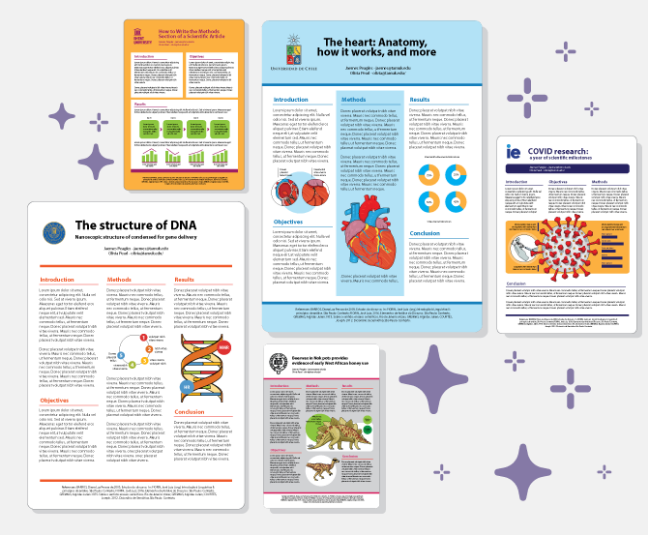

Subscribe to our newsletter
Exclusive high quality content about effective visual
communication in science.

